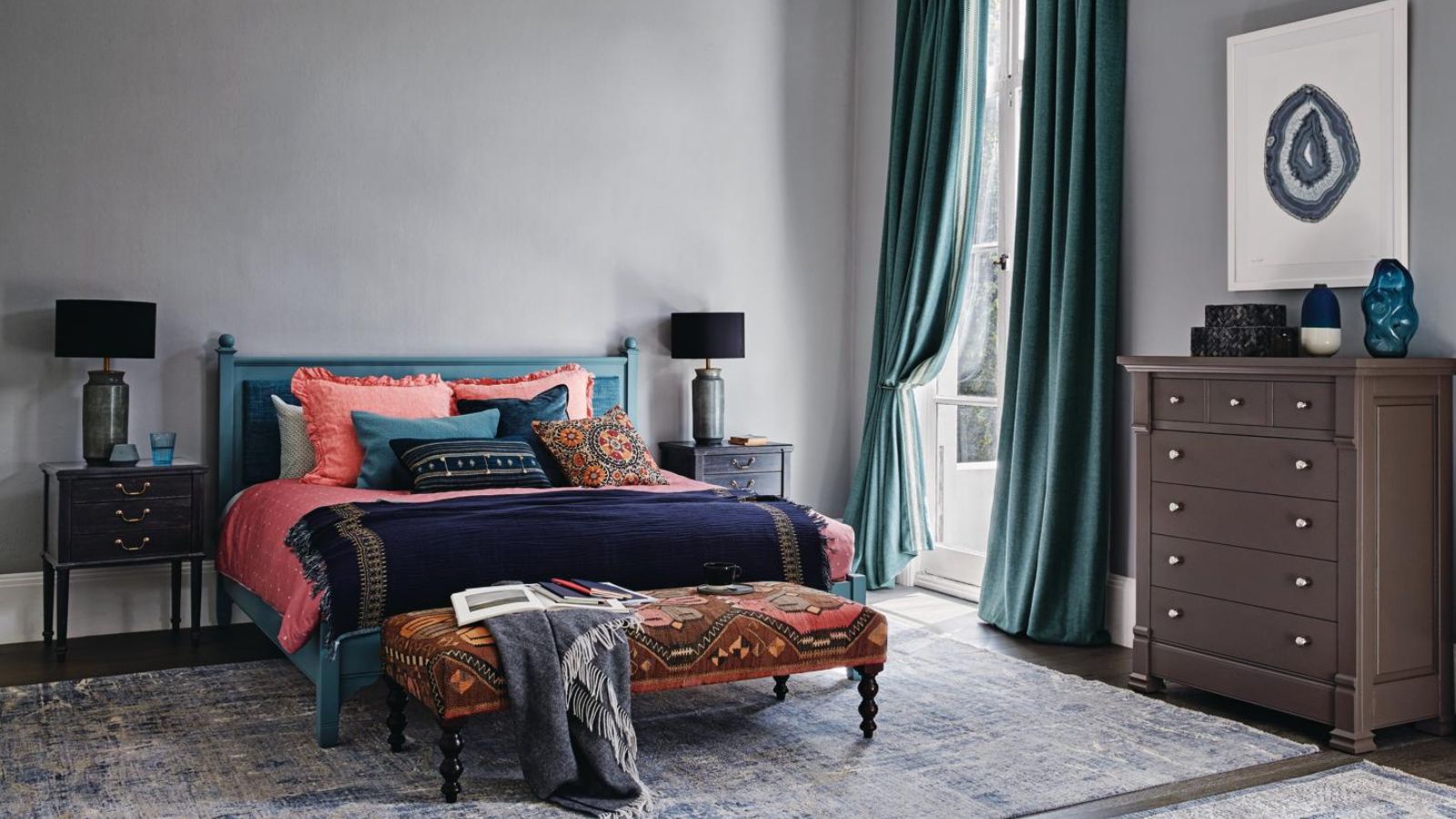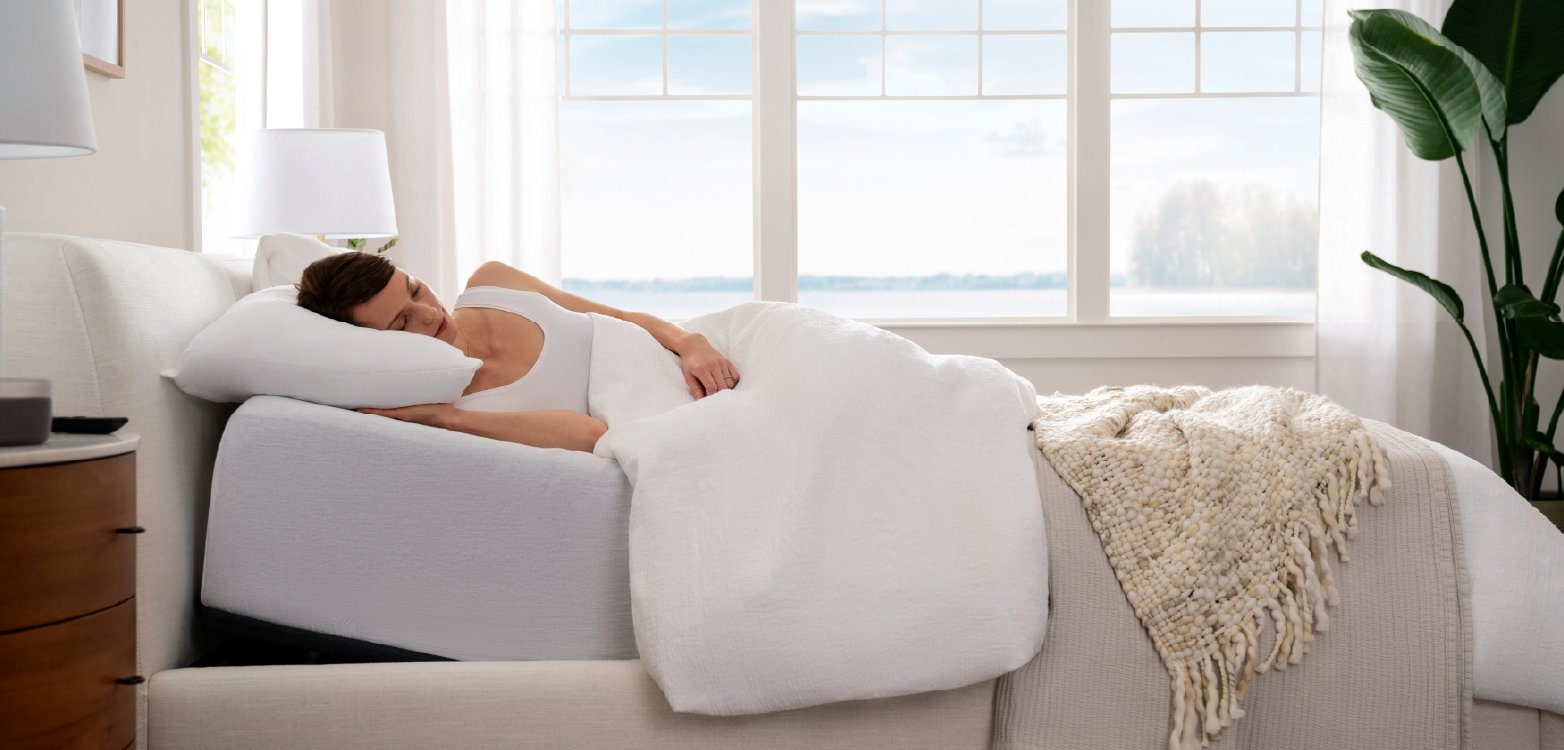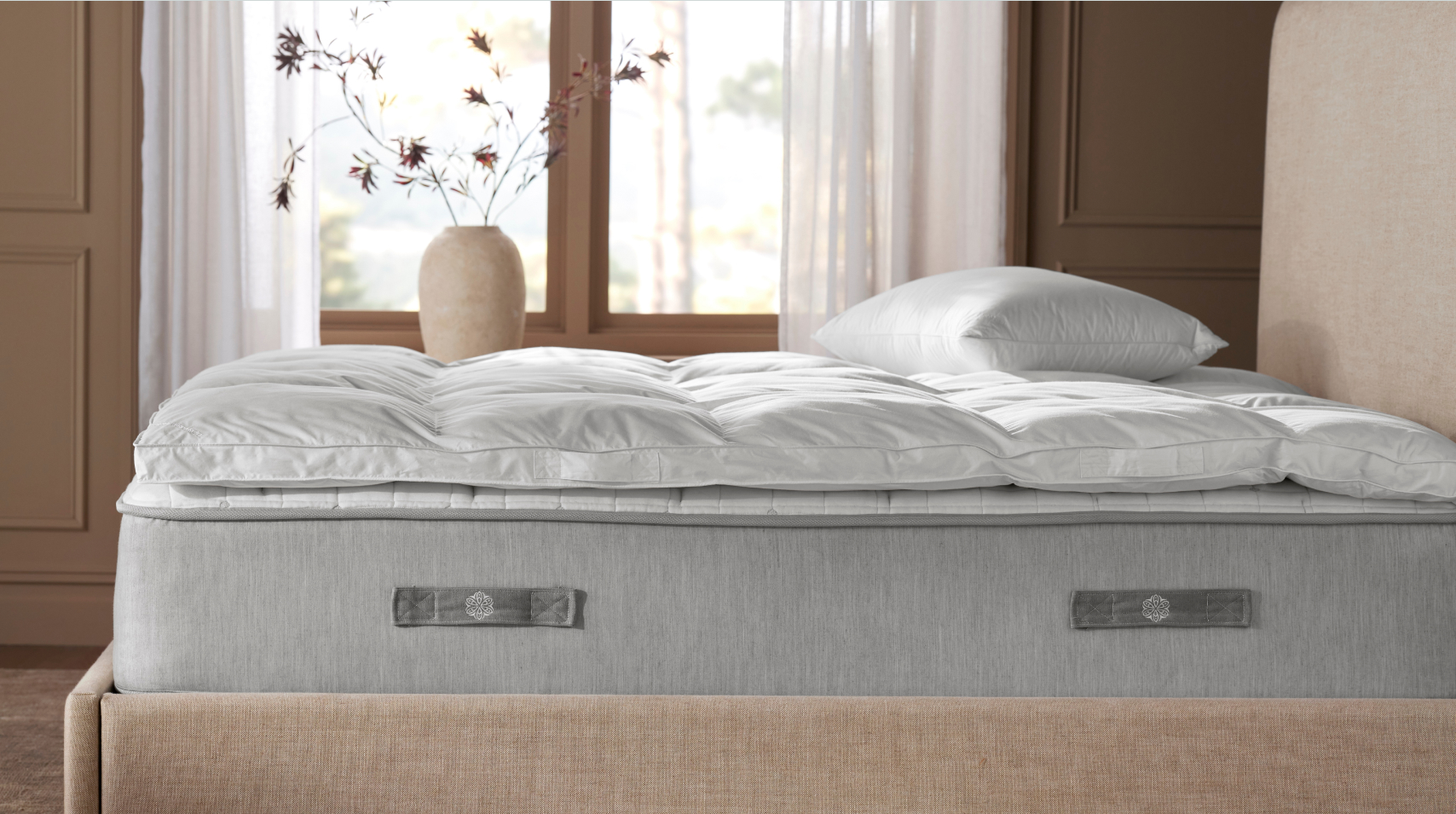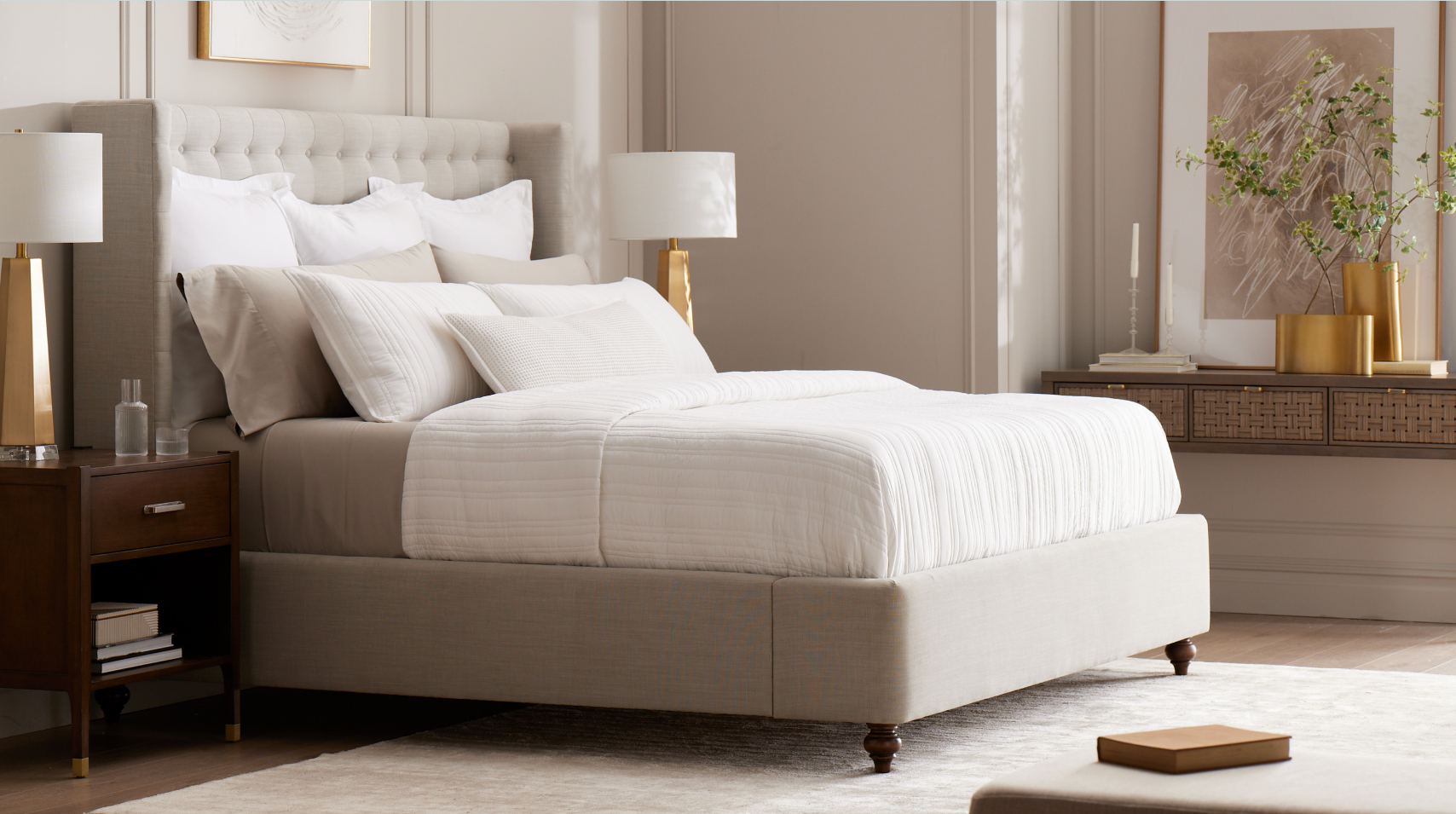In the quest for a good night’s sleep, few elements are as crucial as the comfort of one’s bed. A well-prepared and inviting bed can be the difference between tossing and turning all night and drifting off into a deep, restful slumber. This guide offers practical tips and insights to elevate your bedtime experience, ensuring that every night is a journey towards rejuvenation.
Understanding the Importance of Bed Comfort
The impact of sleep quality on our overall health and daily performance cannot be overstated. It affects our mood, cognitive function, and even our immune system. A comfortable bed provides the foundation for sleep that is not just lengthy but also restorative. By optimizing your bed’s comfort, you’re investing in your well-being, enhancing energy levels, and fostering mental clarity. Thus, it becomes imperative to create a sleep sanctuary that encourages relaxation and promotes uninterrupted sleep.

Choosing the Right Mattress: The Heart of Comfort
At the heart of a comfortable bed lies the mattress. Selecting the right one is akin to finding the perfect partner—it should offer support where needed and adapt to your unique body shape. Consider factors like firmness, material (memory foam, spring, or hybrid), and your preferred sleeping position when making a choice. Remember, a mattress that suits someone else may not necessarily be ideal for you. Testing different options and paying attention to how your body feels after a night’s sleep on each can guide you towards the best decision.
Layering for Luxury: The Art of Bedding
Bedding is more than just aesthetics; it plays a pivotal role in regulating temperature and providing softness against your skin. Start with high-quality sheets made from natural fibers such as cotton or linen, which are breathable and promote air circulation. Layer with a cozy comforter or duvet suited to your climate and personal warmth preference. Top it off with a plush throw or blanket for added texture and versatility. Don’t forget about pillowcases—opt for ones that feel gentle on the skin and allow your pillows to retain their fluffiness.

Pillow Paradise: Finding the Perfect Support
Pillows are often overlooked but play a vital role in supporting the neck and spine during sleep. The right pillow can alleviate pressure points and prevent morning stiffness. Consider your sleeping position: back sleepers benefit from thinner pillows that keep the head aligned with the spine, while side sleepers need firmer pillows to fill the gap between the ear and shoulder. Stomach sleepers might prefer ultra-thin pillows or no pillow at all under the head to avoid neck strain. Experimenting with different fills, such as down, memory foam, or microfiber, can help you find the perfect match.
Adding Personal Touches: Enhancing Sensory Comfort
Personalizing your bed with items that appeal to your senses can significantly enhance your sleep experience. Soft lighting, such as bedside lamps or dimmable LEDs, fosters a calming ambiance. Scented candles or essential oil diffusers with lavender or chamomile can promote relaxation. Consider textures too—fuzzy blankets, silky pillowcases, or a knitted throw can provide tactile comfort. Additionally, incorporating white noise or soothing music can mask disruptive sounds, creating an environment conducive to sleep.

Adjusting for the Seasons: Temperature Control
Temperature regulation is key to a comfortable sleep. In warmer months, lightweight bedding and breathable materials like bamboo or cotton sheets help wick away moisture and keep you cool. For colder seasons, layer up with flannel sheets, thicker blankets, and a duvet with a higher tog rating. Investing in bedding with temperature-regulating technology can also be beneficial, adapting to your body heat and maintaining a comfortable climate throughout the night.
Creating a Sleep Routine: Preparing Both Body and Mind
Beyond physical comfort, establishing a consistent sleep routine primes your mind and body for rest. Begin winding down an hour before bedtime by dimming lights, avoiding screens, and engaging in relaxing activities such as reading or meditation. Keeping a consistent sleep schedule—even on weekends—helps regulate your body’s internal clock, making it easier to fall asleep and wake up feeling refreshed. This routine, coupled with a comfortable bed, sets the stage for a truly restful night.
Embracing Technology for Enhanced Sleep Insights
In this modern age, technology has found its way into our bedrooms, offering innovative solutions to monitor and improve sleep quality. Sleep tracking devices and smartphone applications can provide valuable insights into your sleep patterns, including duration, depth, and interruptions. These tools often analyze factors such as bedroom temperature, noise levels, and light exposure, offering personalized recommendations for improvement. While technology should not replace the fundamentals of a comfortable bed setup, it can serve as a useful aid in fine-tuning your sleep environment.

Creating a Sleep-Conducive Bedroom Environment
The design and organization of your bedroom also contribute to sleep comfort. Aim for a clutter-free space that promotes tranquility. Choose calming paint colors, such as soft blues or earthy tones, which have been shown to induce relaxation. Ensure proper ventilation and consider investing in blackout curtains or blinds to block out early morning light. Position your bed in a way that maximizes peace and privacy, ideally with the headboard against a solid wall and away from direct sources of noise or distraction.
The Power of Mindfulness and Sleep Hygiene
Incorporating mindfulness practices into your bedtime routine can significantly enhance relaxation. Simple techniques like deep breathing exercises, progressive muscle relaxation, or guided meditation can calm a busy mind and signal to your body that it’s time to sleep. Additionally, maintaining good sleep hygiene—limiting caffeine and heavy meals close to bedtime, exercising regularly but not immediately before sleep, and keeping electronic devices out of the bedroom—can work wonders for improving sleep quality.

Conclusion: Crafting Your Sleep Sanctuary
Transforming your bed into a haven of comfort is a holistic endeavor that encompasses selecting the right mattress, layering with luxurious bedding, personalizing your sleep environment, and nurturing healthy sleep habits. By attending to these details, you’re not just preparing for sleep—you’re investing in a better tomorrow. Remember, the path to a more comfortable bed and a deeper sleep begins with understanding your unique needs and preferences. With each adjustment, you move closer to unlocking the secret of a restful night that leaves you energized and ready to seize the day.

